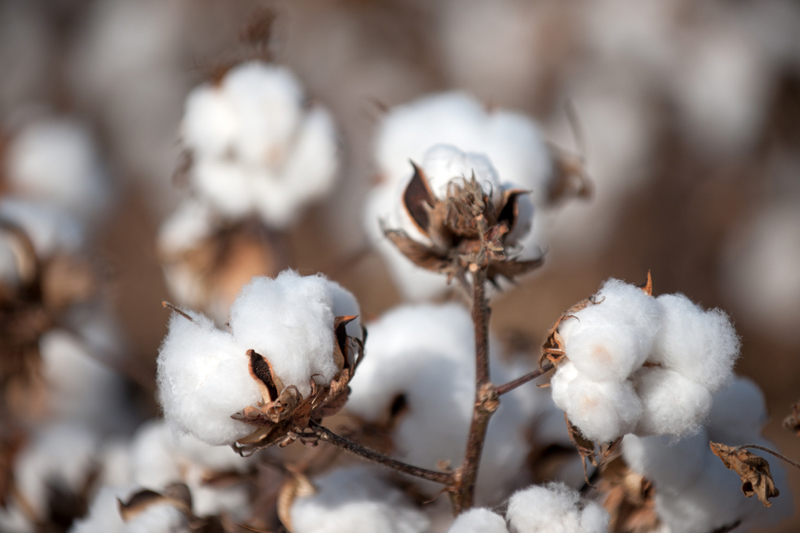
The global cotton market has been experiencing a persistent demand decline for over two years, causing a ripple effect on pricing and the overall industry. . The demand slump is due to several factors like: economic uncertainties, shifting consumer preferences, and the lingering impact of the COVID-19 pandemic among others.
Reasons for demand slump
Several factors have contributed towards the downward trajectory of global cotton demand.
Economic slowdown: The global economy has been grappling with various challenges, including inflation, rising interest rates, and geopolitical tensions. These uncertainties have led to a decrease in consumer spending particularly in major consuming countries like China and a subsequent decline in demand for cotton-based products, this has significantly impacted the demand for cotton.
Shift in consumer preferences: The growing popularity of synthetic fibers, which are often cheaper and easier to maintain, has eroded the market share of cotton.
Trade tensions: Global trade disputes like the one between US and China and tariffs war have disrupted supply chains and added uncertainty to the market, impacting demand and pricing. Also, the ongoing war in Europe and Asia too has affected supply and demand.
Lingering impact of the pandemic: The pandemic disrupted supply chains and consumer behavior patterns. While some recovery has been observed, its lingering effects continue to influence the cotton market.
Table: Changing cotton demand and prices
|
Year |
Global cotton demand (million metric tons) |
Year-on-year change (%) |
Average cotton price ($/lb) |
|
2020 |
23.5 |
-10.2 |
0.68 |
|
2021 |
24 |
+2.1 |
0.92 |
|
2022 |
23 |
-4.2 |
1.19 |
|
2023 (Estimated) |
22.5 |
-2.2 |
0.8 |
Source: International Cotton Advisory Committee (ICAC), USDA
The table highlights the steady decline in cotton prices over the past two years. This downward trend is likely to persist unless there's a substantial recovery in demand. The table indicates, the average price witnessed a sharp increase in 2022 due to supply chain disruptions and increased production costs. However, the downward pressure on demand has led to a subsequent decline in prices in 2023.
Consequences for the cotton industry
Falling demand and lower prices have had far-reaching implications for the cotton industry. For farmers it means lower income and profitability, potentially leading to crop diversification or a decline in production. Textile mills are struggle to maintain margins due to lower demand for cotton-based products and fluctuating raw material prices. And retailers for price increase results in more competition and pressure to offer discounts to attract consumers.
While the current scenario poses challenges for the cotton industry, there are potential opportunities for recovery as well.
Innovation and sustainability: Focusing on developing new cotton products with enhanced functionality and sustainability credentials could reinvigorate demand.
Market diversification: Exploring emerging markets and expanding the range of cotton applications could help offset the impact of declining demand in traditional sectors.
Collaboration: Stronger collaboration between industry stakeholders, including farmers, textile manufacturers, and retailers, is crucial to address the challenges and capitalize on opportunities.
Even as the global cotton market is navigating a challenging period marked by a prolonged decline in demand, leading to depressed prices and disruptions throughout the supply chain; the industry can adapt and recover by focusing on innovation, sustainability, market diversification, and collaboration.












